Click on an image to start the slide show and learn more about this project.
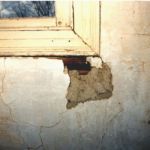
Like much of the 250 year old plaster in the house, this window area shows many plaster cracks and delamination (falling away from the lath). Here the plaster keys have broken over time and as a result the plaster has fallen off the lath substrate.
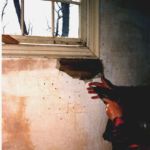
The goal for this project was to save as much of the original plaster as possible. We drill holes to inject glue through the plaster to reattach it to the lath.
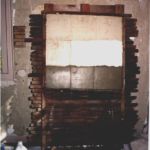
This project was a pure restoration and required us to match the original plaster as closely as possible. Pieces of the original plaster were analyzed for composition and recipes were mixed and tested. This sample board helped us compare and select the right match. We used two recipes: lime sand and goat hair; and lime clay and goat or horse hair.
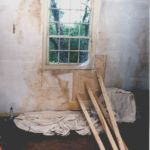
Once the glue is injected, a plywood form is used to push the plaster back into place. When the glue dries, the forms are removed and the holes filled with lime, sand and hair plaster.
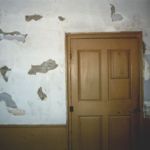
A typical wall repair in the home. There were many areas where the plaster was damaged and required spot-repair and infill. Plaster that was too fragile was removed, surrounding areas were reattached as necessary and the wall is ready for plaster infill.
 Peter Lord Plaster & Paint, Inc.
Peter Lord Plaster & Paint, Inc. 

